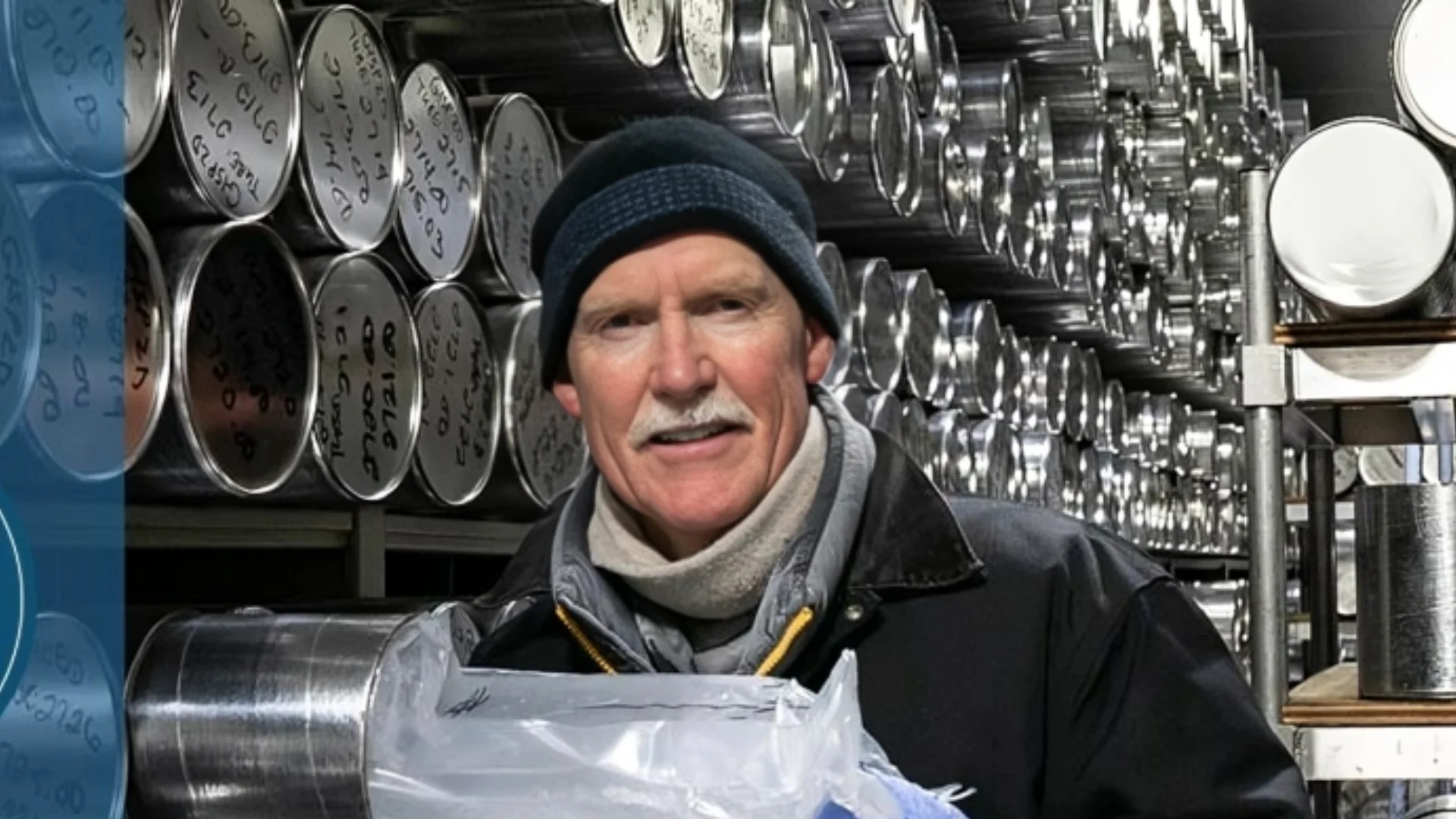Reno, Nev. – Researchers from the Desert Research Institute (DRI) have uncovered a significant ice core from Mont Blanc's Dôme du Goûter in the French Alps that dates back to the last Ice Age. This discovery marks the oldest known glacier ice in the region and provides an intact record of climate and aerosols spanning at least 12,000 years.
The study, published in PNAS Nexus, used radiocarbon dating techniques to analyze a 40-meter long ice core. The research team found that this glacier offers insights into historical atmospheric conditions and could inform future climate modeling.
Joe McConnell, Director of DRI’s Ice Core Lab and co-author of the study, emphasized the importance of this discovery: “For the first time, we have a fairly complete Alpine record of atmospheric and precipitation chemistry going all the way back to the Mesolithic Period.”
Michel Legrand, lead author of the study, highlighted that ice cores from glaciers provide crucial information about past sources and concentrations of aerosols. "Records developed from glaciers close to the sources often are the most informative," he said.
The ice core was originally collected in 1999 by French researchers and stored for over two decades before being analyzed at DRI’s lab in Reno using continuous flow analysis methods.
Co-author Werner Aeschbach explained how they established chronology using unique radiometric methods: “Determining what year or period of time a layer in the ice represents can be challenging.”
Nathan Chellman noted that despite warming climates, cold temperatures near Mont Blanc preserved this historic glacier without melting impacts.
Susanne Preunkert expressed excitement over finding such an intact climatic record: “It’s exciting to find...an intact record of climate that extends back through...the last ice age.”
This detailed record revealed significant temperature differences between historical periods. During previous colder climates like those seen during glacial times compared with today's warmer Holocene Epochs — summer temperatures were approximately 2 degrees Celsius cooler across Western Europe while being around 3.5 degrees cooler within alpine regions themselves according pollen data embedded within these layers; phosphorous levels also indicated changes vegetation patterns throughout history due both natural shifts well human activities such as agriculture industrialization which led deforestation land-clearing practices over centuries past.
Dust aerosol concentrations were found significantly higher during glacial periods than current estimates suggest based on prior models indicating potential inaccuracies regarding their impact regional climates then versus now given increased Saharan dust deposition events observed across Mediterranean areas when conditions became more arid under colder scenarios historically speaking according other paleoclimate records corroborating findings here too alongside sea salt analyses showing stronger westerly winds offshore Western Europe contributing greater rates deposition seen therein affecting cloud formation albedo effects influencing broader climatic trends overall among others examined thus far revealing new stories entombed beneath icy surfaces waiting further exploration ahead next steps involve continuing delve deeper into human civilization impacts environment understanding better role played aerosols shaping our world today tomorrow alike utilizing data gathered so far guide efforts moving forward toward improving predictive capabilities concerning global warming mitigation strategies long-term sustainability goals shared worldwide community alike ultimately benefiting us all together united cause common good prosperity future generations come along journey unfolding right before eyes momentous occasion indeed!
###


